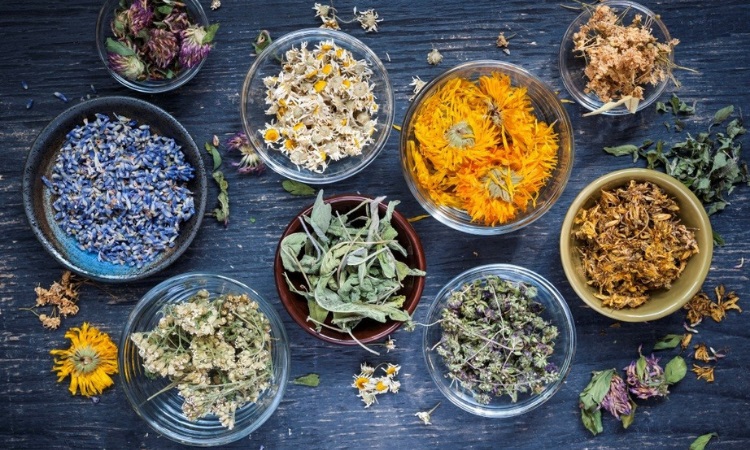Drying herbs preserves their healing potency for future use. When you learn how to dry herbs for natural remedies, you unlock the power of plants to use year-round. From immune-boosting teas to soothing salves, dried herbs like chamomile, mint, and lavender become your everyday tools. This guide explores safe, simple methods to keep your medicinal herbs fresh, fragrant, and ready to work.

Why Dry Herbs for Natural Use
You dry herbs to concentrate their healing qualities. Fresh herbs wilt quickly, but dried ones last months or even years when stored right. You use them in herbal teas, infused oils, natural salves, and tinctures. Drying makes them easier to measure, mix, and store. It’s a foundational skill for DIY natural remedies and helps you create your own herbal apothecary with ease.
Best Time to Harvest Herbs for Drying
Pick your medicinal plants early in the morning after the dew dries. Choose herbs before they flower unless you’re drying blossoms like calendula or lavender. Always pick from healthy plants, free of pesticides or pollution. The right time protects the plant’s essential oils, giving you stronger natural healing power. If you wait too long, sun and time strip the leaves of potency. For roots like echinacea, dig them in the fall when the energy concentrates below ground.
Methods to Dry Herbs at Home
There are several easy ways to dry herbs without losing their strength:
Air-Drying (Best for leafy herbs)
Bundle herbs like mint, sage, or thyme with twine. Hang them upside down in a dark, dry, well-ventilated space. They dry in 7–10 days.
Dehydrator (Faster drying)
Use a herb dehydrator on the lowest setting (95–115°F). This method works well for roots, berries, and thicker leaves.
Oven Drying (Quick fix)
Place herbs on a baking sheet and use the oven on the warm setting. Leave the door slightly open. Watch closely to avoid burning.
Each method keeps the active compounds intact when done carefully.
How to Know Herbs Are Fully Dried
Properly dried herbs feel crisp and crumble easily. The stems snap instead of bending. If they feel soft or leathery, moisture remains, which can cause mold. Smell the herbs—strong scent means the volatile oils remain. Color should stay vibrant, not dull or brown. Test a small batch before storing. Dry herbs mean longer shelf life and better results in natural herbal remedies like teas or balms.

Storing Dried Herbs for Maximum Potency
Store dried herbs in glass jars, metal tins, or dark paper bags. Keep them in a cool, dark place. Label each container with the herb name and drying date. Avoid plastic containers, which can trap moisture. Whole leaves store better than crushed ones—grind them just before using. Dried herbs stay potent for 6–18 months, depending on storage and type. Rotate stock yearly. For the most fragrant home apothecary, check herbs every few months for scent and color.
Top Herbs to Dry for Remedies
Begin with versatile herbs for daily use:
- Chamomile: soothes nerves and helps sleep
- Peppermint: eases digestion
- Lemon balm: reduces stress
- Rosemary: boosts focus
- Lavender: calms the mind and skin
- Echinacea root: strengthens immunity
- Yarrow: helps with wounds and fevers
These dried herbs go into natural teas, herbal tinctures, DIY salves, and healing compresses. Grow or source them organically for the purest home herbal medicine.
Final Thoughts: Preserve Nature’s Power
Learning how to dry herbs for natural remedies gives you the power to heal with your hands. The process connects you to nature, slows you down, and stocks your home with plant-based healing. Start with one herb, one jar, one shelf. With time, you build a pantry of herbal support for every season. Your dried herbs become your silent healers—ready whenever you need them.
